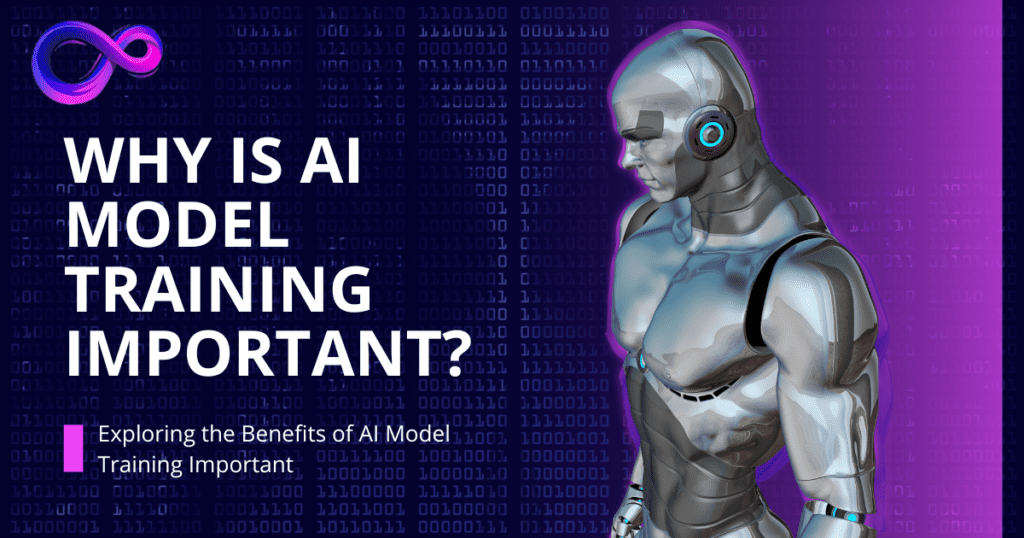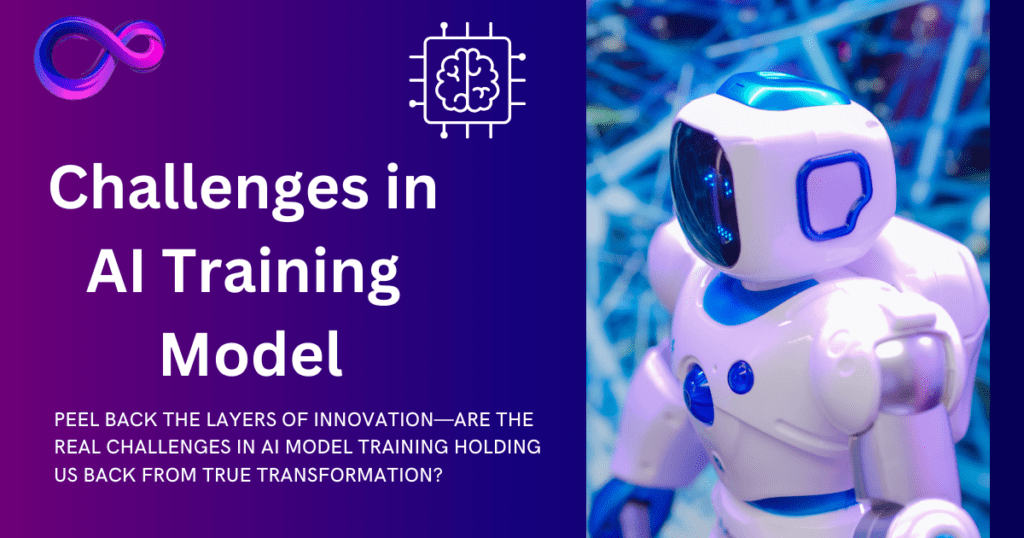Introduction
Artificial intelligence (AI) is revolutionizing the way we interact with technology. From virtual assistants to advanced medical diagnostics, AI models play a vital role in solving complex problems. But have you ever wondered how these models are trained? The process involves preparing data, selecting algorithms, and running computations to enable the AI system to learn. This guide breaks down the entire process, making it simple and accessible for everyone.
What is AI Model Training?
AI model training is the process of teaching a machine to perform specific tasks by exposing it to large datasets. The goal is to enable the AI system to identify patterns, make predictions, and improve over time. AI models can be categorized into supervised, unsupervised, and reinforcement learning models, each with its unique approach to training.
Supervised learning involves labeled data, while unsupervised learning works with unlabeled data to find hidden structures. Reinforcement learning, on the other hand, relies on rewards and penalties to guide learning.

Why is AI Model Training Important?
Training an AI model ensures it performs tasks accurately and efficiently. For instance, a well-trained AI system can detect fraud in banking, recommend products in e-commerce, or assist doctors in diagnosing diseases. It helps businesses save time, reduce errors, and improve decision-making. Moreover, AI training drives innovation by opening up possibilities for new applications across industries.
Key Components of AI Model Training
- Data: High-quality data is the foundation of any AI model. Without relevant data, the model cannot learn effectively.
- Algorithms: These are the mathematical instructions that guide the model’s learning process.
- Computing Power: Training complex models often requires powerful hardware or cloud-based solutions to handle large datasets and computations.
Understanding the Data Pipeline
The data pipeline involves several steps to prepare the dataset for training:
- Data Collection: Gather data from various sources, such as databases, APIs, or sensors.
- Data Cleaning: Remove inconsistencies, duplicates, and errors from the dataset.
- Data Preprocessing: Normalize, encode, or scale data to ensure compatibility with the chosen algorithm.
For example, if you’re training a model to recognize images, you may need to resize the images and convert them into numerical arrays.
Choosing the Right Algorithm
The choice of algorithm depends on the task at hand. Some popular options include:
- Linear Regression for predicting continuous values.
- Decision Trees for classification tasks.
- Neural Networks for deep learning applications.
Consider factors like the complexity of the problem, the size of the dataset, and computational resources when selecting an algorithm.
Tools and Frameworks for AI Training
Several tools make AI training more efficient:
- TensorFlow: A versatile framework for machine learning and deep learning.
- PyTorch: Known for its dynamic computation graphs and ease of use.
- scikit-learn: Ideal for beginners working on small-scale projects.
Each tool has its strengths, so choose one that aligns with your goals and expertise.
Setting Up Your Training Environment
Before starting, ensure you have the right hardware, such as GPUs or TPUs, for faster computations. Decide whether to train locally or use cloud platforms like AWS, Google Cloud, or Azure. Cloud platforms offer scalability and flexibility, making them ideal for large-scale projects.
Training the Model
Model training involves feeding data into the algorithm and allowing it to learn from patterns. This process varies depending on the learning approach:
- Supervised Learning: The model learns from labeled examples.
- Unsupervised Learning: The model identifies patterns in unlabeled data.
- Reinforcement Learning: The model learns by interacting with an environment and receiving feedback.
Evaluating Model Performance
After training, evaluate the model using metrics like accuracy, precision, recall, and F1 score. Cross-validation ensures the model performs well on unseen data. Testing with a separate dataset provides an additional layer of validation.
Optimizing AI Models
Optimization improves the model’s performance by adjusting hyperparameters or applying techniques like regularization. For instance, tuning the learning rate can significantly impact the model’s ability to converge during training.

Challenges in AI Model Training
Training AI models is not without challenges. Common issues include overfitting, where the model performs well on training data but poorly on new data, and the lack of quality data. Ethical concerns, such as bias in training datasets, also require careful consideration.
Real-World Applications of AI Models
AI models are transforming industries:
- Healthcare: AI assists in early diagnosis and personalized treatment.
- Finance: Fraud detection and risk assessment are powered by AI.
- Retail: Personalized recommendations and inventory management are driven by AI models.
Future Trends in AI Model Training
Emerging trends like transfer learning and automated machine learning (AutoML) are simplifying the training process. Pre-trained models like GPT and BERT reduce the need for extensive data and computational resources, making AI accessible to more users.
Conclusion
Training an AI model may seem daunting, but with the right approach and tools, it becomes manageable. By understanding the data pipeline, selecting appropriate algorithms, and optimizing performance, you can create powerful AI systems that drive innovation and efficiency.
FAQs
How long does it take to train an AI model?
The time varies based on the model’s complexity and dataset size, ranging from hours to weeks.
What skills are needed to train an AI model?
Knowledge of programming, mathematics, and machine learning concepts is essential.
What is the cost of training an AI model?
Costs depend on computational resources and data requirements, with cloud-based solutions often being cost-effective.
Can AI models be trained without coding?
Yes, platforms like Google AutoML and Teachable Machine allow users to train models with minimal coding.
What is the role of data in AI training?
Data is the backbone of AI training, enabling models to learn and improve.



